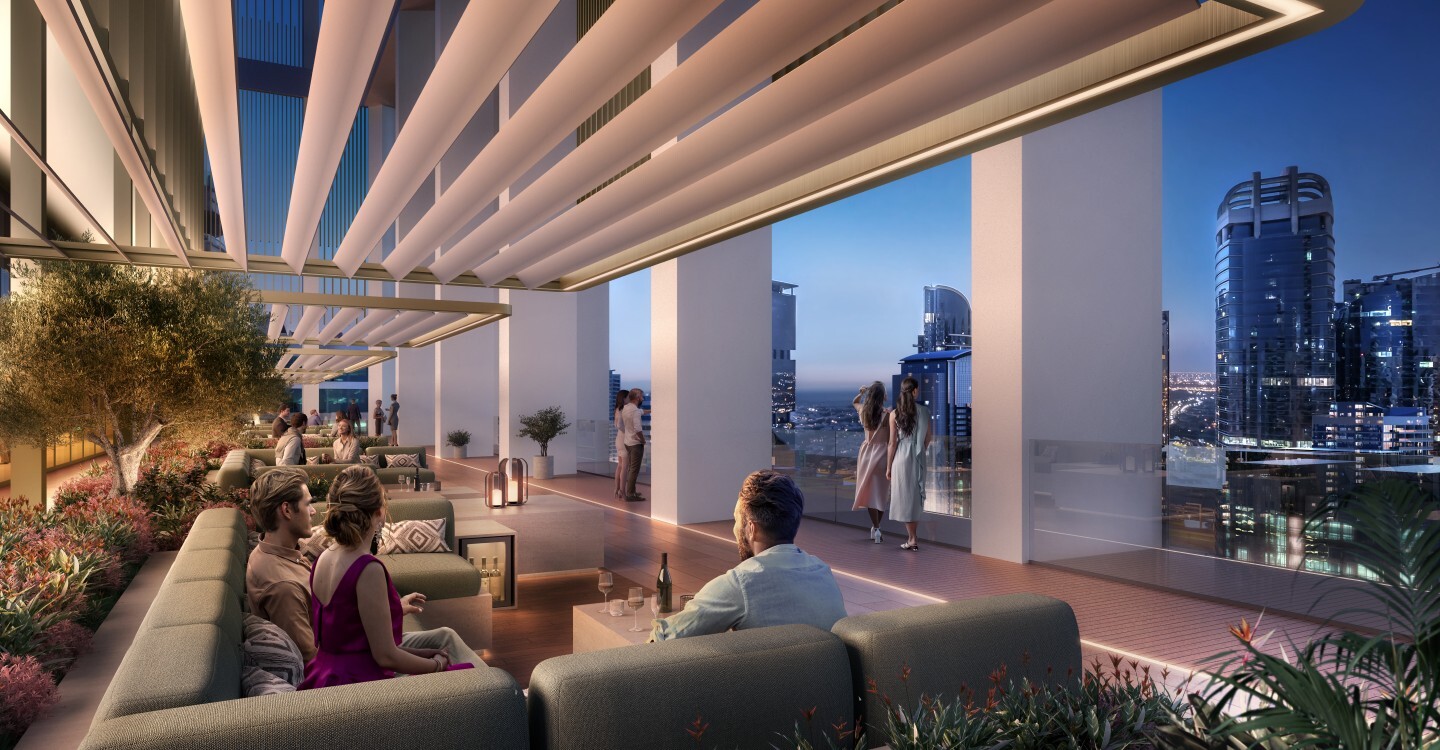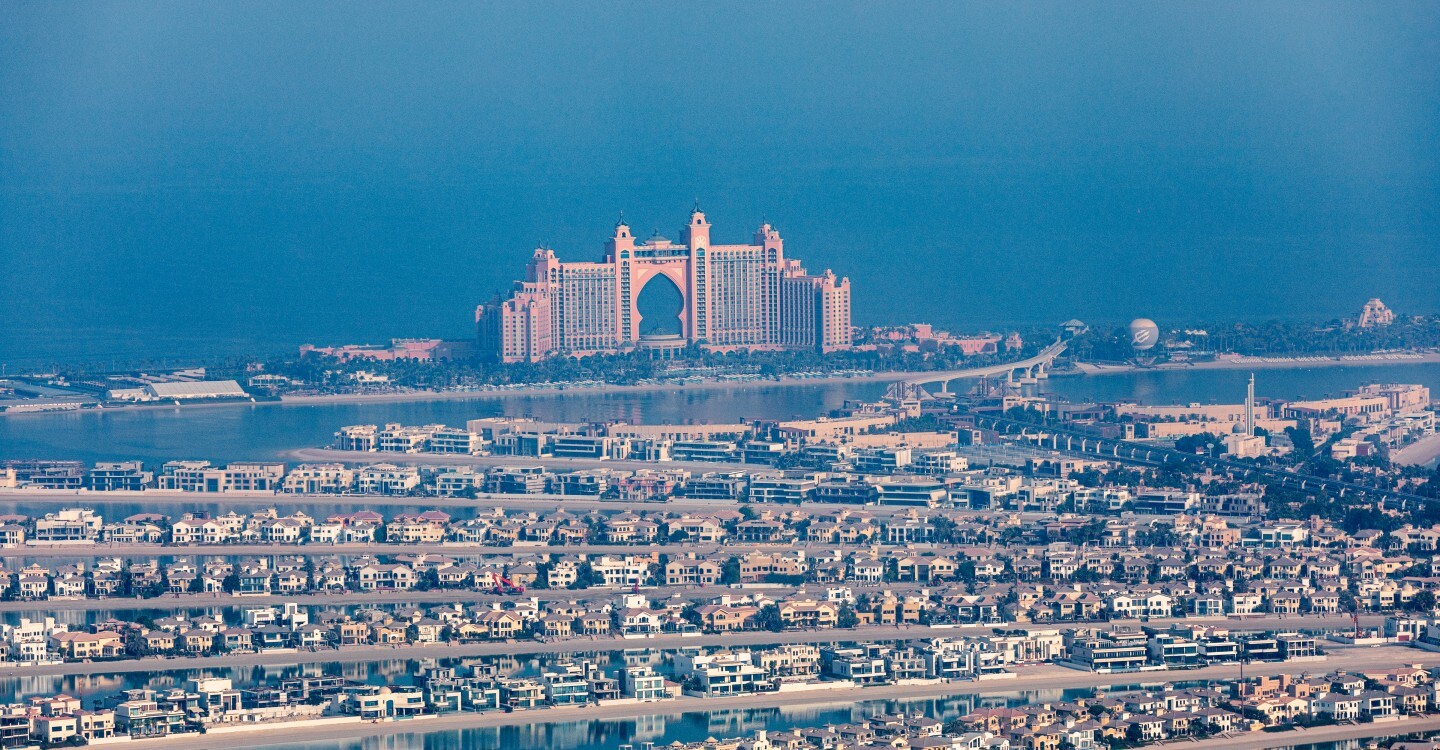Not long ago, in the world of real estate, “gated” was the gold standard.
If a development had a wall, a guard, and lush lawns tucked behind private access, it was considered the height of prestige. But cities evolve, and so do the people who live in them. Today, the focus is shifting from shutting the world out to thoughtfully bringing it in.
Welcome to the era of integrated living, where the true luxury lies in connection, not seclusion.
If a development had a wall, a guard, and lush lawns tucked behind private access, it was considered the height of prestige. But cities evolve, and so do the people who live in them. Today, the focus is shifting from shutting the world out to thoughtfully bringing it in.
Welcome to the era of integrated living, where the true luxury lies in connection, not seclusion.
The Shift: From Private Islands to Urban Ecosystems
Gated communities had their purpose. They responded to a time when privacy, security, and exclusivity were top priorities. These developments offered residents a controlled environment, away from the bustle of the outside world.
But as cities expanded and lifestyles changed, these physical and social barriers began to feel limiting.
Modern city life demands more... more access, more engagement, more openness. That’s where integrated communities come in. These are thoughtfully planned environments that combine living, working, shopping, leisure, and nature into a single, connected experience.
The result? A more balanced and human way of living. No more isolating boundaries, just seamless interaction between people, spaces, and services.
But as cities expanded and lifestyles changed, these physical and social barriers began to feel limiting.
Modern city life demands more... more access, more engagement, more openness. That’s where integrated communities come in. These are thoughtfully planned environments that combine living, working, shopping, leisure, and nature into a single, connected experience.
The result? A more balanced and human way of living. No more isolating boundaries, just seamless interaction between people, spaces, and services.
Giving Back: What It Really Means Today
When we talk about developments that “give back,” we mean more than ticking boxes on a sustainability checklist. We’re talking about communities designed to enrich the lives of those within and around them.
That might mean creating open spaces where people from all backgrounds can meet. Or incorporating infrastructure that minimizes environmental harm. Or designing with long-term social impact in mind.
So, what does it really look like when a community gives back? For starters, it welcomes not just residents, but the wider public, with open, thoughtfully designed spaces that encourage gathering, strolling, and simply being part of the environment.
That might mean creating open spaces where people from all backgrounds can meet. Or incorporating infrastructure that minimizes environmental harm. Or designing with long-term social impact in mind.
So, what does it really look like when a community gives back? For starters, it welcomes not just residents, but the wider public, with open, thoughtfully designed spaces that encourage gathering, strolling, and simply being part of the environment.

It prioritizes sustainability, not as a buzzword, but through tangible features like energy-efficient systems, shaded green rooftops, and layouts that make walking a pleasure, not a challenge.
It creates value beyond property lines, through jobs, local businesses, and opportunities that uplift more than just investors.
Public infrastructure isn’t an afterthought; it’s part of the promise, with amenities and services designed to meet real needs. And getting around? That’s made easy, too, with cycling paths, pedestrian-friendly streets, and smart transport links that keep life moving, seamlessly and sustainably.
It’s a system built for people first, and that makes all the difference.
A standout example of this mindset is Marriott Residences in Jumeirah Lakes Towers. This development embodies a refined urban lifestyle, where every detail is considered, from bespoke hospitality services and tranquil wellness spaces to curated dining and leisure experiences. All set within one of Dubai’s most connected communities, with sweeping views of the lakes and skyline and effortless access to the city’s key destinations.
It creates value beyond property lines, through jobs, local businesses, and opportunities that uplift more than just investors.
Public infrastructure isn’t an afterthought; it’s part of the promise, with amenities and services designed to meet real needs. And getting around? That’s made easy, too, with cycling paths, pedestrian-friendly streets, and smart transport links that keep life moving, seamlessly and sustainably.
It’s a system built for people first, and that makes all the difference.
A standout example of this mindset is Marriott Residences in Jumeirah Lakes Towers. This development embodies a refined urban lifestyle, where every detail is considered, from bespoke hospitality services and tranquil wellness spaces to curated dining and leisure experiences. All set within one of Dubai’s most connected communities, with sweeping views of the lakes and skyline and effortless access to the city’s key destinations.
The Developer’s Role: Beyond Building Walls
Today’s developers have a new responsibility. It’s no longer just about delivering properties and investments; it’s about shaping the environments where people live their lives. That means thinking beyond the building site and considering the broader urban fabric.
The question is no longer, “How many square meters can we sell?” It’s, “What kind of experience are we creating? And who benefits from it?”
Developers embracing this mindset are embedding far more than just homes, they’re shaping environments that support every side of modern life. That means educational spaces like nurseries for growing families, and health and wellness zones that go beyond gyms to offer true balance.
Cultural and social hubs are taking centre stage, creating space for connection and community. Co-working lounges and flexible business areas reflect today’s evolving workstyles. Greener mobility options, like bike-sharing stations and pedestrian-first planning, making everyday movement more sustainable.
And in a nod to well-rounded living, we’re seeing the rise of private cinemas, elegant clubhouses as found in Lume Residences in JVC, serene listening rooms, and even summer houses like those at Hyde Residences in Dubai Hills, spaces thoughtfully designed for meaningful downtime.
Add to that BBQ pavilions for weekend gatherings, casual kiosks for daily convenience, day care services for working parents, and even dog-walking services for our four-legged residents.
It’s not just about buildings anymore, it’s about thoughtfully orchestrated lifestyles, where everything and everyone is considered.
The question is no longer, “How many square meters can we sell?” It’s, “What kind of experience are we creating? And who benefits from it?”
Developers embracing this mindset are embedding far more than just homes, they’re shaping environments that support every side of modern life. That means educational spaces like nurseries for growing families, and health and wellness zones that go beyond gyms to offer true balance.
Cultural and social hubs are taking centre stage, creating space for connection and community. Co-working lounges and flexible business areas reflect today’s evolving workstyles. Greener mobility options, like bike-sharing stations and pedestrian-first planning, making everyday movement more sustainable.
And in a nod to well-rounded living, we’re seeing the rise of private cinemas, elegant clubhouses as found in Lume Residences in JVC, serene listening rooms, and even summer houses like those at Hyde Residences in Dubai Hills, spaces thoughtfully designed for meaningful downtime.
Add to that BBQ pavilions for weekend gatherings, casual kiosks for daily convenience, day care services for working parents, and even dog-walking services for our four-legged residents.
It’s not just about buildings anymore, it’s about thoughtfully orchestrated lifestyles, where everything and everyone is considered.
Rethinking What Community Really Means

Community today is about much more than shared walls or similar addresses. It’s about shared values, shared experiences, and a shared sense of place.
Integrated communities promote that naturally. They’re designed to encourage interaction, foster wellbeing, and support a wide range of lifestyles and life stages.
Across the region, this approach is taking root, from city centres to newly emerging districts. People want more than just homes; they want to belong to an experience.
They’re choosing places that align with their values, places that feel open, connected, and alive.
Final Thought: Building for Belonging
In this new model, real estate development becomes less about exclusivity and more about contribution. Communities aren’t just shaped by architects, they’re shaped by intention, responsibility, and a vision for shared success.
We’ve moved past the gates. What matters now is how openly and thoughtfully we build, live, and belong.
Integrated communities promote that naturally. They’re designed to encourage interaction, foster wellbeing, and support a wide range of lifestyles and life stages.
Across the region, this approach is taking root, from city centres to newly emerging districts. People want more than just homes; they want to belong to an experience.
They’re choosing places that align with their values, places that feel open, connected, and alive.
Final Thought: Building for Belonging
In this new model, real estate development becomes less about exclusivity and more about contribution. Communities aren’t just shaped by architects, they’re shaped by intention, responsibility, and a vision for shared success.
We’ve moved past the gates. What matters now is how openly and thoughtfully we build, live, and belong.
